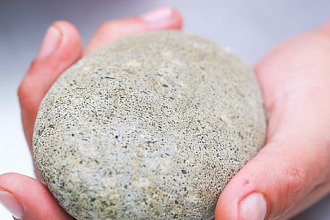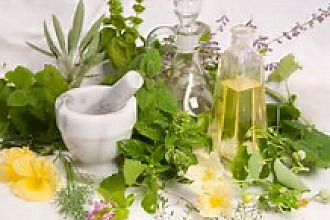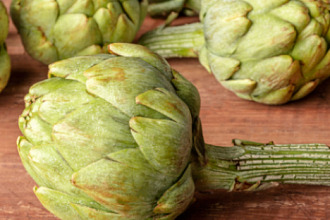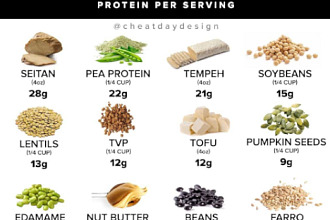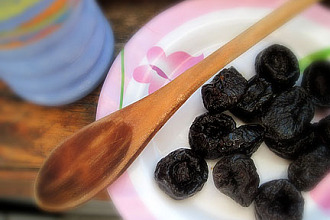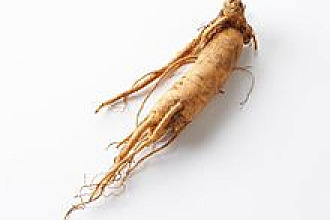For those who are concerned about chemical and synthetic ingredients, there are all natural alternatives.
And although many of us run for the chemical and petroleum-based antibiotic creams to dull the pain or protect us from infection. know that there are natural, plant-based options. With so much attention being put on growing food these days, why not toss some seeds out in the soil for medicinal plants as well? Here are some plant herbs that can help when dealing with bumps, bruises, and cuts.
Arnica: Arnica has been used for centuries, and it is one of the more well-respected plants (brand name arnica creams are available) for its healing powers. Mostly, it’s used for treating bruises and providing localized pain relief. In general, it is applied topically, via tincture, essential oil, or cream, and there is a homeopathic variety that can be taken orally. Arnica likes high altitude areas, where it can get a lot of sun.
Chamomile: While most of us think of chamomile as having medicinal qualities, helping us to relax and get a better nights sleep, in reality it's much more powerful than a nightly cup of tea. Chamomile has anti-inflammatory, antibacterial and healing properties that make it an ideal treatment for cuts. A cut on the finger can be treated by soaking it for a few minutes in a bit of warm chamomile tea, or the warm and wet tea bag can be applied to cuts elsewhere. Chamomile, the plant, can be a challenge to start growing, but is hardy once established.
Comfrey: This is an incredibly beloved plant, mostly for its rampant production of biomass for mulching and improving soil, but it is also well known as a medicinal plant. Comfrey contains allantoin, a substance that helps cells grow faster, which in turn helps cuts, bruises, and even broken bones heal faster. Generally, it’s applied as a poultice. Comfrey grows throughout the United States in full sun or partial shade.
Eucalyptus: Most of us recognize eucalyptus thanks to cough drops, eucalyptus tends to have a rather medicinal smell. But is known to reduce pain in sore muscles and joint injuries, it's antiseptic properties allow it to be used topically for minor cuts. The oil should be diluted in a carrier oil before applied, or the leaves can be used to make a tea. Though eucalyptus is generally a very large tree, it can be grown indoors in pots.
Plantain: Often regarded as a weed, plantain is actually a wonder plant, edible and nutritious, a great soil builder, and has many medicinal properties. It's used for bee stings, snake bites, rashes, ear infections and—of course—cuts and bruises. It helps the blood coagulate, stopping bleeding. And can be made into a poultice, tincture, tea or salve, taken internally or applied topically. As common as dandelions, plantain is already growing in most yards.
Tea Tree: Tea tree oil is used very commonly to treat cuts and aid in preventing infection. It’s antibacterial, anti-inflammatory, antiseptic and even antimicrobial. That’s a lot of antis for one little plant. However, it is quite toxic to ingest and should be avoided by women who are pregnant or breastfeeding. But, when applied topically, it’s powerfully good stuff, and its use dates back to aboriginal Australia. Tea tree is a fast-growing member of the myrtle family.
Witch Hazel: Regularly substituted for rubbing alcohol, witch hazel is, indeed, a great natural alternative for many treatments, mainly cuts and bruises. It’s astringent, making tissues contract to slow bleeding. This also makes bruises fade faster and helps with repairing tissue damage. It’s available at any pharmacy as a liquid or on soaked pads or squares of cloth. Witch hazel is a large perennial shrub that grows in most parts of the United States.
Yarrow: Our last very well-respected herb on the list which can be preserved easily in tinctures or extracts. Yarrow is astringent, as well as having anti-bacterial and anti-inflammatory qualities. It is so renown for treating bruises and cuts that it was actually used on battlefields to treat soldiers. It works on scraps, yes, but also deep wounds and punctures, helping to heal the injuries and prevent scarring. Yarrow is an easy-going perennial.
What You Need to Know about Wild Food: There are other plants that are very useful as well. Cinnamon, clove and lavender all deserve to be on this list, but alas, we must make our choices of treatment and live with them. In this case, at least we’ve found a way to do so naturally.









